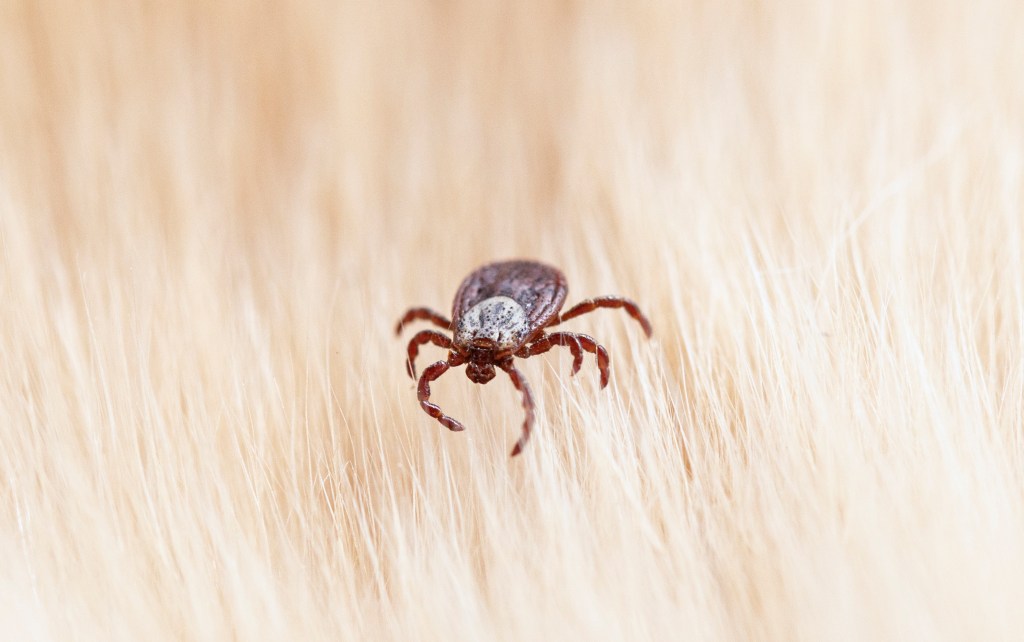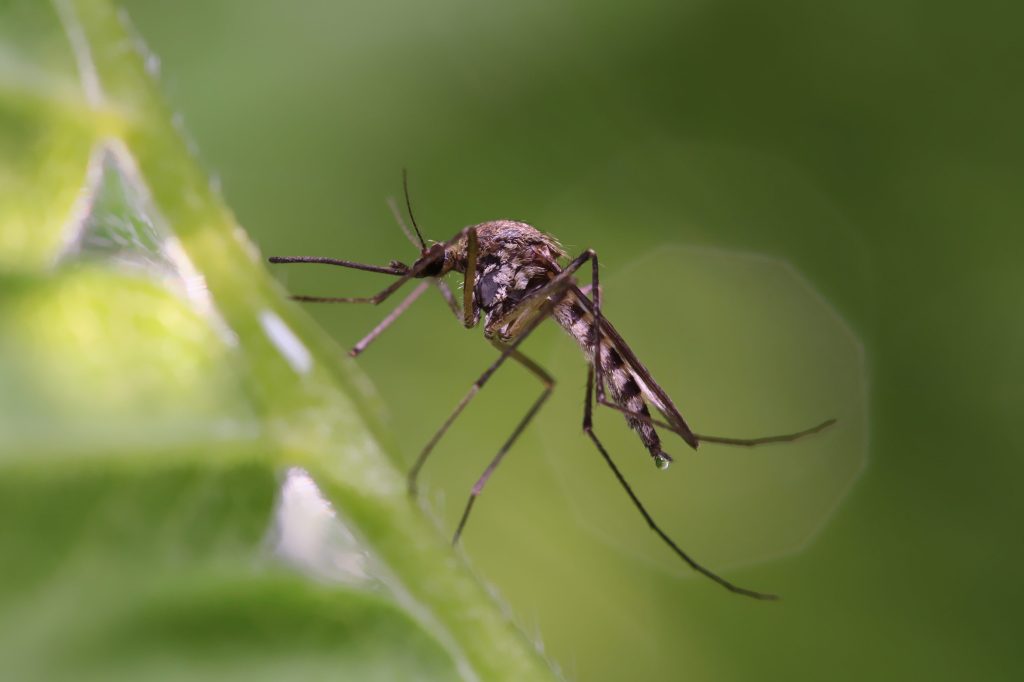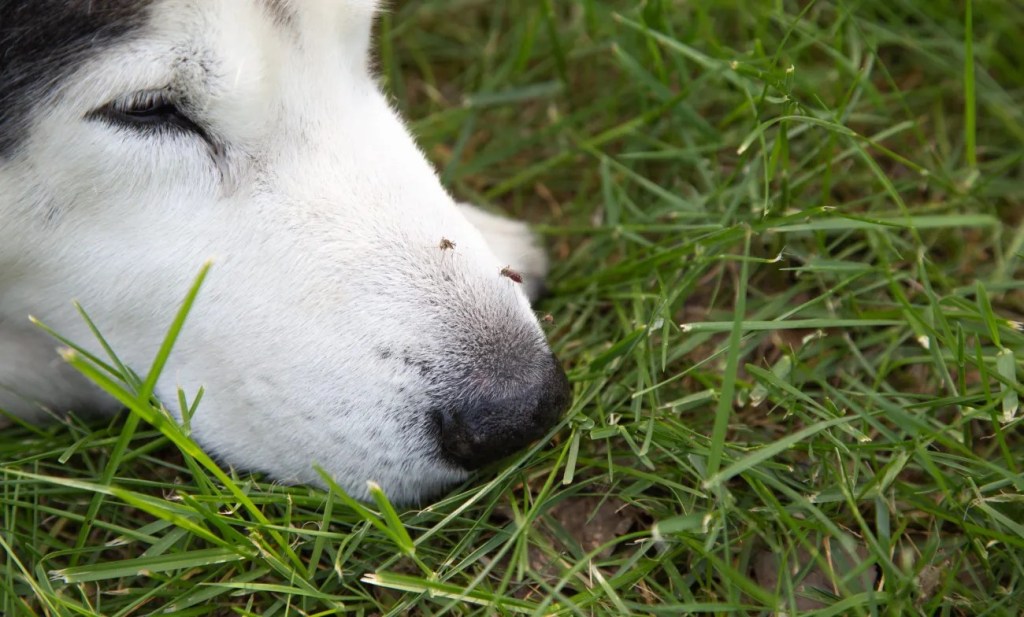Here’s what you need to know – and how you should react.
We’re all aware that winters are getting shorter, spring is arriving earlier, and summers are getting hotter.
These changes have major implications for us, of course – but they are also impacting the parasites that can threaten our pets.
Why ticks and other parasites that affect cats and dogs are benefiting.
Parasites like ticks, fleas, and mosquitoes serve as ‘vectors’ for a range of diseases.
In other words, they pick up a disease when they bite an infected animal, and pass it on when they find their next host.
For more information on vectors, take a look at this brief and informative video.
Parasites cannot travel great distances on their own, but they can all ‘hitch rides’ across hundreds of miles, either in the coats of animals or in human cargo.
Previously, however, their spread was limited by environmental factors. These parasites typically prefer warm, humid environments, so may die or become inactive whenever the weather becomes too cold.
But now, these species are able to remain active throughout the year, even in the periods which were previously considered too cold due to warming temperatures worldwide.
Not only that, but they can also survive when they are ‘dropped off’ in new areas, even those which were previously inhospitable.
Commenting on this trend, pet health expert Fernando Fariñas notes:

“THE INCREASE IN TEMPERATURE AND HUMIDITY WILL INFLUENCE A SIGNIFICANT INCREASE IN VECTOR DISEASES.”
Ticks: not just a seasonal menace
Ticks are arachnids: in other words, they are related to spiders. They can be as small as a flower seed and as large as a bean. And they require the blood of a host animal to complete their life cycle.
Ticks serve as vectors for a range of diseases including babesiosis, anaplasmosis and ehrlichiosis. Each of these diseases can cause serious disease in our pets and may be fatal in some cases.
In the past, many experts talked of a ‘tick season’: the warm part of the year which allowed ticks to thrive. Now, however, milder autumns and winters, combined with the early onset of spring, mean ticks can remain active all year round.
In colder regions the frost that would normally end the tick season arrives later and ends sooner. At the same time, the natural boundary of ticks has moved: many exotic species are now thriving in northern Europe, in countries which would previously have been ‘off limits.’
In fact, you can find ticks in the Austrian Alps at altitudes over 2000 meters above sea level. Experts think the vertical spread results from less snow coverage plus the presence of heavier vegetation, which ensures the wider distribution of wild hosts such as deer1.

Sandflies: spreading northwards
Sandflies are biting insects, similar to a mosquito. Like ticks, they can transmit a range of diseases, most notably leishmaniosis – which can cause everything from skin damage and hair loss to organ failure in our pets.
Sandflies are widely distributed throughout the Mediterranean region, where they are active all year round. Recently, however, they have been reported in Germany and other northern European countries.
In addition to spreading further north, sandflies are starting to thrive at higher altitudes. In fact, they can now be found at more than 1000 meters above sea level.
To make matters worse, if the snow cover is not particularly deep, sand fly larvae can survive the winter in the soil, representing a greater risk to pets and other animals.

Mosquitoes: flying further and higher
Mosquitoes are well-known for spreading malaria to humans. But they can also pass a range of conditions to our pets, notably heartworm – a tiny parasite which can clog a host’s organs.
Several mosquito species have been reported in Europe, and recently a new and hazardous species has emerged–the Asian Tiger Mosquito.
This insect originated in tropical regions, but rising temperatures mean it can now be found across Europe, even in certain northern parts like the Netherlands.
At the same time, heavy rains – another consequence of environmental changes – are causing floods, which create the perfect breeding environment for mosquitoes.

How we can respond
As owners, the most important thing we can do is create a year-round protection program for our pets, in tandem with our vet. By visiting our vet clinic, we can get expert advice tailored to our pet, our family, and our lifestyle.
To support the advice from our vet, we should also strive to continually update our own knowledge about how parasites spread, and how we can keep our pets protected.
At MyPet we continually update our blog and publish videos with up-to-date tips and advice.
Your vet plays a big role in your pet’s health. Enter your location and get a list of vets near you.
FIND A VET1. Medlock, J. M., Hansford, K. M., Bormane, A., Derdakova, M., Estrada-Peña, A., George, J. C., Golovljova, I., Jaenson, T. G. T., Jensen, J. K., Jensen, P. M., Kazimirova, M., Oteo J. A., Papa, A., Pfister, K., Plantard, O., Randolph, S. E., Rizzoli, A., Santos-Silva, M. M., Sprong, H., … , & Van Bortel, W. (2013). Driving forces for changes in geographical distribution of Ixodes ricinus ticks in Europe. Parasites & Vectors, 6(1), 1-11. https://doi.org/10.1186/1756-3305-6-1






 Go To United States
Go To United States  Austria
Austria  Belgium
Belgium  Czech Republic
Czech Republic  Denmark
Denmark  Finland
Finland  France
France  Germany
Germany  Greece
Greece  Hungary
Hungary  Ireland
Ireland  Israel
Israel  Italy
Italy  Netherlands
Netherlands  Norway
Norway  Poland
Poland  Portugal
Portugal  Romania
Romania  Spain
Spain  Sweden
Sweden  Turkey
Turkey  United Kingdom
United Kingdom